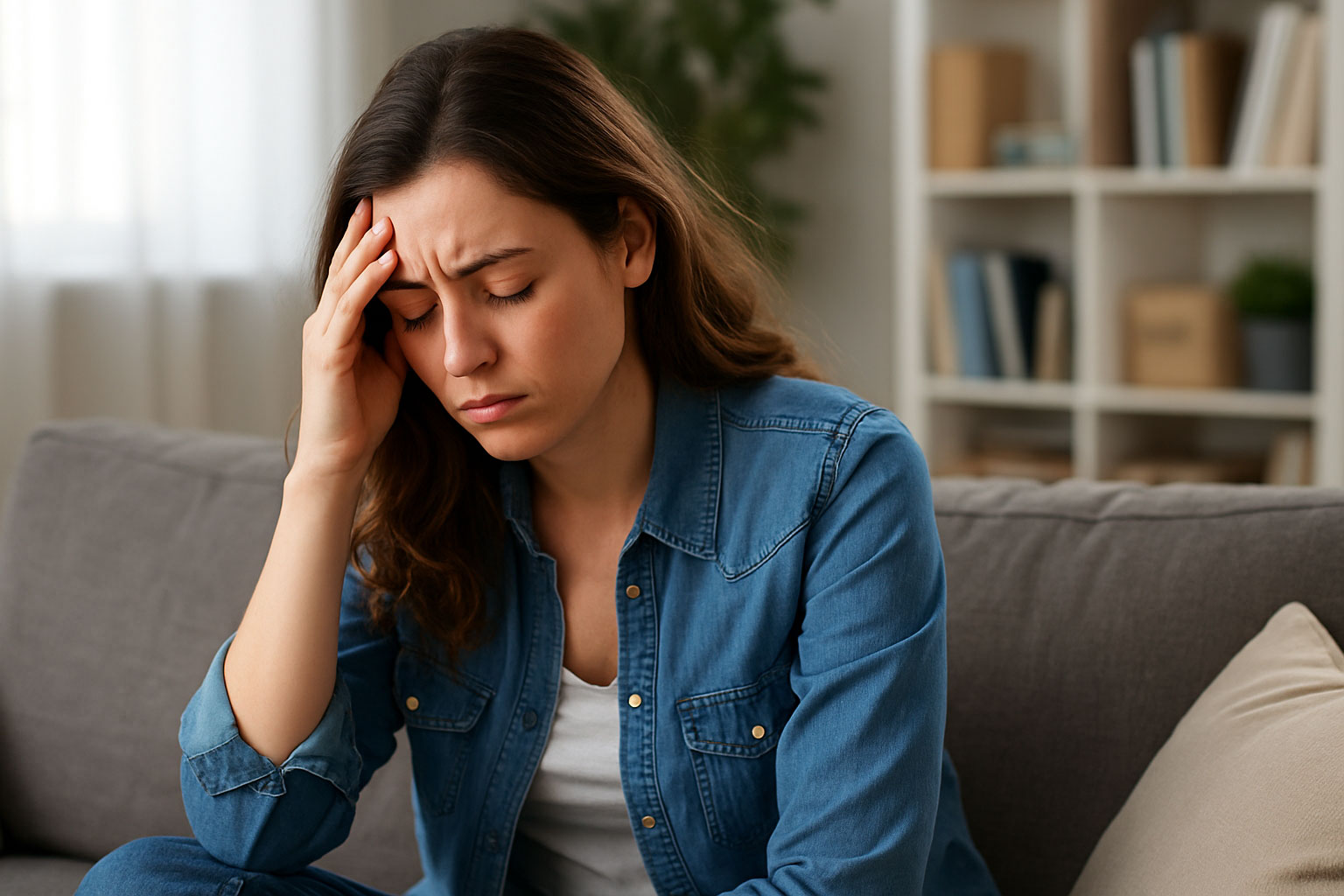

Depression and addiction are a dangerous mix. Alone, each can destroy your life. Together, they can feel impossible to overcome. According to the National Institute on Drug Abuse, people with mood disorders like depression are twice as likely to struggle with substance use disorders, and about half of those with addiction also have a mental health disorder.
As the writer Johann Hari said:
“The opposite of addiction is not sobriety. The opposite of addiction is connection.”
If you’re feeling hopeless, trapped, or alone, you’re not broken – you’re struggling with a treatable condition. Understanding the connection between depression and addiction is the first step to breaking free. With the right addiction recovery plan and mental health support, a happier, healthier life is possible.
How Depression and Addiction Are Connected
Depression and addiction fuel each other in a painful cycle:
- Self-medication: Many people with depression use alcohol or drugs to numb emotional pain or feel temporary relief.
- Worsening symptoms: Substance use changes brain chemistry, leading to deeper depression, guilt, and shame.
- Dependence: Over time, what started as coping turns into addiction, making depression even worse.
This dual diagnosis creates a powerful grip on your life, leaving you feeling hopeless, unmotivated, and unable to function in relationships, work, or daily life.
The Dangers of Ignoring Depression and Substance Abuse
Ignoring depression and addiction can be deadly. Here’s why:
- Overdose risk: People with untreated depression are more likely to overdose because they use higher amounts to cope.
- Suicide: Up to one-third of people with depression and addiction attempt suicide (SAMHSA).
- Health decline: Combined, they lead to heart disease, liver failure, brain damage, and weakened immune systems.
- Relationship breakdown: Addiction and depression destroy trust, intimacy, and stability in families.
- Job loss and homelessness: Both conditions make holding a job or paying bills nearly impossible without help.
Signs of Depression and Addiction
If you’re wondering whether you or a loved one is struggling with both depression and addiction, look for these signs:
- Using drugs or alcohol to escape sadness, anxiety, or emptiness
- Feeling worthless, hopeless, or numb most days
- Losing interest in activities you used to enjoy
- Struggling to function at work, school, or home
- Feeling guilt or shame about your substance use but unable to stop
- Changes in sleep, appetite, or energy levels
- Isolating from family and friends
Statistics Highlighting the Crisis
- 9.5 million Americans have both a mental health disorder and a substance use disorder (SAMHSA).
- 21% of people with major depression develop an addiction (NIDA).
- Only 7.4% receive treatment for both conditions together, which is critical for recovery success.
These numbers show how common this struggle is – and why integrated treatment is so important.
Why Dual Diagnosis Treatment Is Essential
Treating depression without addressing addiction doesn’t work. Treating addiction without addressing depression doesn’t work. Both conditions need to be treated together in a dual diagnosis program that offers:
- Medical detox: Safely clearing substances from your body under supervision.
- Individual therapy: Addressing depression, trauma, and addiction triggers.
- Medication management: Antidepressants or mood stabilizers prescribed by mental health professionals.
- Group therapy: Building community and learning from others with similar struggles.
- Cognitive Behavioral Therapy (CBT): Changing negative thinking patterns that fuel depression and addiction.
- Holistic therapies: Yoga, meditation, nutrition, and exercise to support whole-person healing.
- Aftercare planning: Continued therapy, sober living, and peer support to maintain recovery long-term.
Addiction Recovery Is Possible Even with Depression
Many people think they have to “fix their depression first” before getting sober, or vice versa. The truth is that treating both together is what works. Addiction recovery helps stabilize your brain and life so depression treatment can be effective. Likewise, treating depression reduces cravings and the need to self-medicate.
Stories of Hope
Mark, who battled alcohol addiction and depression for over a decade, shared:
“I always thought I was just weak or broken. I didn’t realize I had depression. Getting sober in a dual diagnosis program saved my life. I still have hard days, but now I have tools, therapy, and hope to keep going.”
How to Find Help for Depression and Addiction
Here are steps to get started:
- Acknowledge the problem: Recognizing you need help is brave and life-saving.
- Seek a dual diagnosis treatment center: Look for facilities specializing in both addiction recovery and mental health care.
- Check insurance coverage: Many private insurances, Medicaid, and Medicare cover dual diagnosis programs.
- Reach out: Contact hotlines, your doctor, or our trusted directories to find programs near you.
- Tell someone you trust: Don’t go through this alone. Share your struggle with a friend, family member, or counselor.
Depression and Addiction
Depression and addiction can make life feel impossible, but you are not alone, and you are not beyond help. Treatment works. Recovery is possible. Healing is real.
If you or someone you love is battling depression and addiction, don’t wait. Explore our directory of addiction recovery programs with integrated mental health care today. Take the first step toward hope, healing, and a life that feels worth living again.








